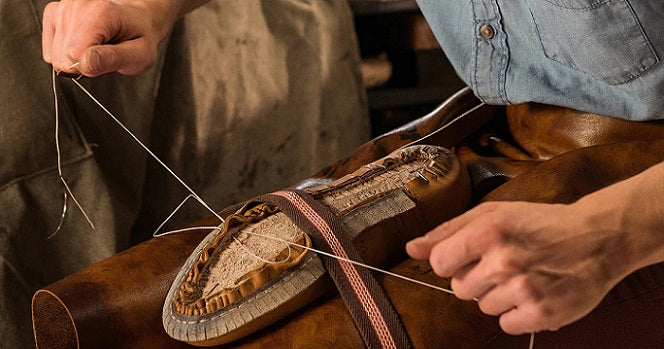The History of Leather Tanning for Shoes
The history of leather tanning for shoes dates back thousands of years and has evolved over time. Archaeological evidence suggests that ancient civilizations such as the Egyptians, Greeks, and Romans used animal hides to make shoes and other leather goods. These early forms of leather were tanned using various methods, including the use of salt, smoke, and vegetable extracts.
In the Middle Ages, the leather tanning industry began to develop more sophisticated techniques, including the use of bark and other organic materials to tan leather. This process became known as vegetable tanning, and it remained the dominant method of leather tanning for many centuries.
In the 19th century, the introduction of chemical tanning methods revolutionized the leather industry. This process, known as chrome tanning, used chromium salts to produce a more durable and flexible leather that could be used for a wider range of products, including shoes. This method remains the most widely used method of leather tanning today.
In recent years, there has been growing concern about the environmental impact of the leather tanning industry, including the release of toxic chemicals into the environment. As a result, there has been a resurgence of interest in more sustainable methods of leather tanning, including vegetable tanning and the use of alternative materials such as recycled and synthetic leather.
Overall, the history of leather tanning for shoes reflects the ongoing evolution of technology and the human desire to create durable, comfortable, and stylish footwear.













Leave a comment
This site is protected by hCaptcha and the hCaptcha Privacy Policy and Terms of Service apply.